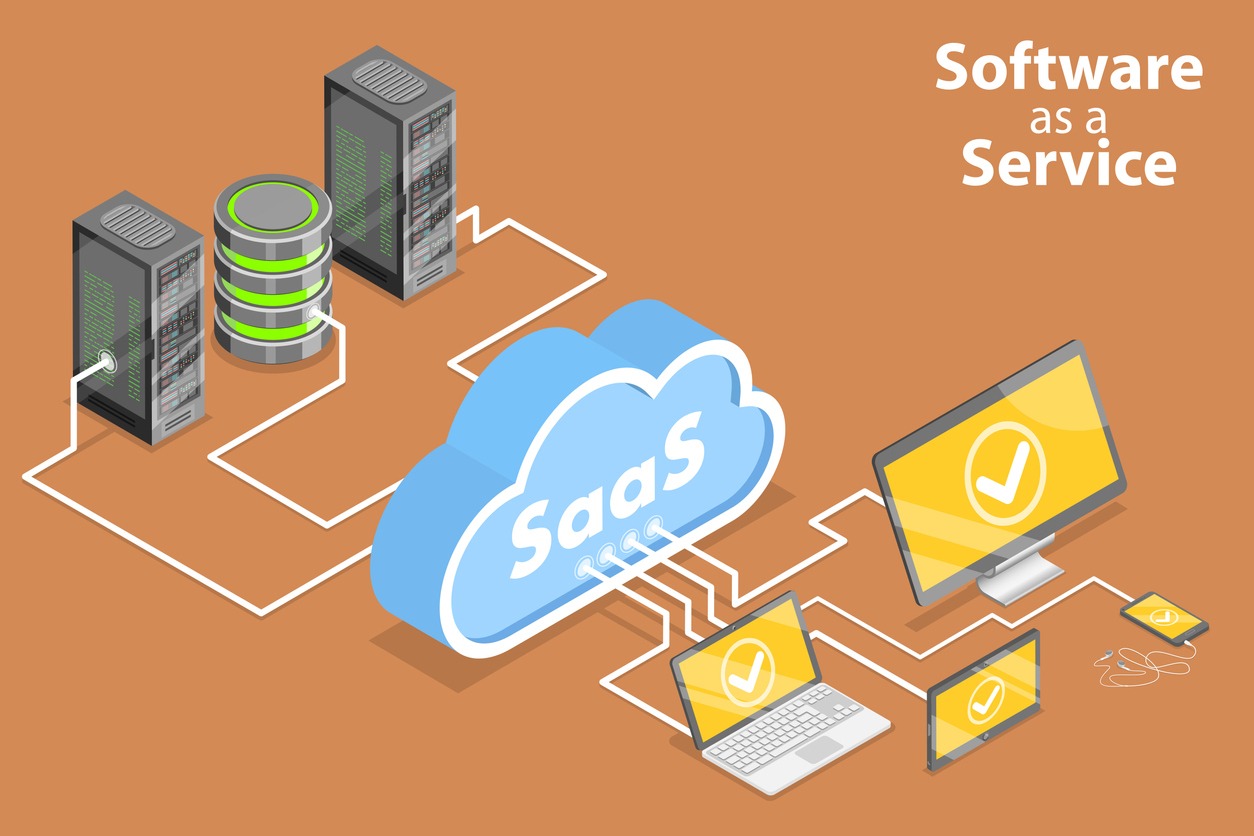It’s said that more and more businesses are switching from on-premises software to Software as a Service (SaaS) applications for their day-to-day dealings. While this can save the business money, it also puts a more significant burden on a specific company’s in-house information technology (IT) department to ensure that these applications are correctly supported.
If you’re an entrepreneur planning to make the jump to utilizing SaaS applications, here are five tips for ensuring that your IT department is ready and able to support the big move:
1. Get External IT Support
SaaS applications are an essential part of many American businesses. They provide a way to manage customer data, create and track sales, and automate tasks. However, SaaS applications can also be complex and often require specialized IT support.
The best option for businesses that don’t have in-house IT resources is to get external IT support. There are many benefits to using an external IT support company. First, they’ll have experience working with the specific SaaS applications you’re using. It means that they’ll be able to identify and fix any problems that occur quickly.
Additionally, third-party IT support will be able to provide 24/7 support, ensuring that your business can always access the resources it needs. Finally, they’ll be able to scale their services to meet the changing needs of your business. If you’re within the Chicago area of Illinois, get an external IT support Chicago-based services to help with your needs.
2. Communicate With Your Department
SaaS applications are a great way to improve productivity and efficiency in the workplace. But they can also be a source of frustration if they aren’t adequately supported.
If you’re responsible for your company’s SaaS applications, one of the best things you can do to ensure IT support is to keep the lines of communication open with your department. Make sure everyone understands who is responsible for which application and that they know how to contact you or the vendor if there are any problems.
It’s also essential to clearly understand the company’s expectations for each application. For example, are users expected to be able to access it from anywhere or only from specific locations? What kind of uptime is expected? What level of support do users need? Communicating openly with your department can help ensure that everyone is on the same page and that support issues are minimized.
3. Train Your Employees
It’s very important to provide employees with learning and training sessions they need to get the most out of these applications.
One way to make sure that all of your business personnel are adequately trained is to provide them with instructional materials. These can include step-by-step guides, video tutorials, and other resources to help them learn how to use the SaaS application.
Additionally, you should consider offering live training sessions led by experts. It’ll allow employees to ask questions and get hands-on experience with the application.
Finally, it’s essential to provide ongoing support for employees who are using SaaS applications. It includes offering helpdesk support and troubleshooting services. By providing this support, you can ensure that your employees can use these applications effectively and efficiently.
4. Report Issues Promptly
When issues arise with SaaS applications, they can be disruptive and costly. That’s why it’s crucial to have a plan in place for how to report problems and get prompt IT support. The first step is to identify who is responsible for reporting issues. It may be a specific individual or department, or it may be everyone in the company.
Once you have a designated point person, ensure they know how to contact IT support. It may be through a ticketing system or by emailing or calling a support number.
It’s essential to have a process for escalations if the issue isn’t resolved quickly as well. When a problem arises, the designated point person should report it as soon as possible. That way, IT has time to investigate and resolve the issue before it becomes a bigger problem. Be sure to include all relevant information, such as what application is affected, what symptoms are being seen, and when the issue began – the more details you can provide, the better.
5. Stay Up to Date
To ensure that your company has the IT support for SaaS applications, it is essential to stay updated on the latest changes and updates. Many SaaS providers offer notification services that alert you when new updates are available.
Plus, it’s a good idea to check the provider’s website regularly for information about new features or changes that may affect your company’s use of the software. By staying up to date on the latest developments, you can help ensure that your company has the IT support it needs to run smoothly.
Takeaway
SaaS applications are becoming increasingly popular and companies need the IT support they need to run them effectively. By following the best practices mentioned above, you can help ensure that your business organization has the support it needs to minimize disruptions, keep costs down, and the like.

